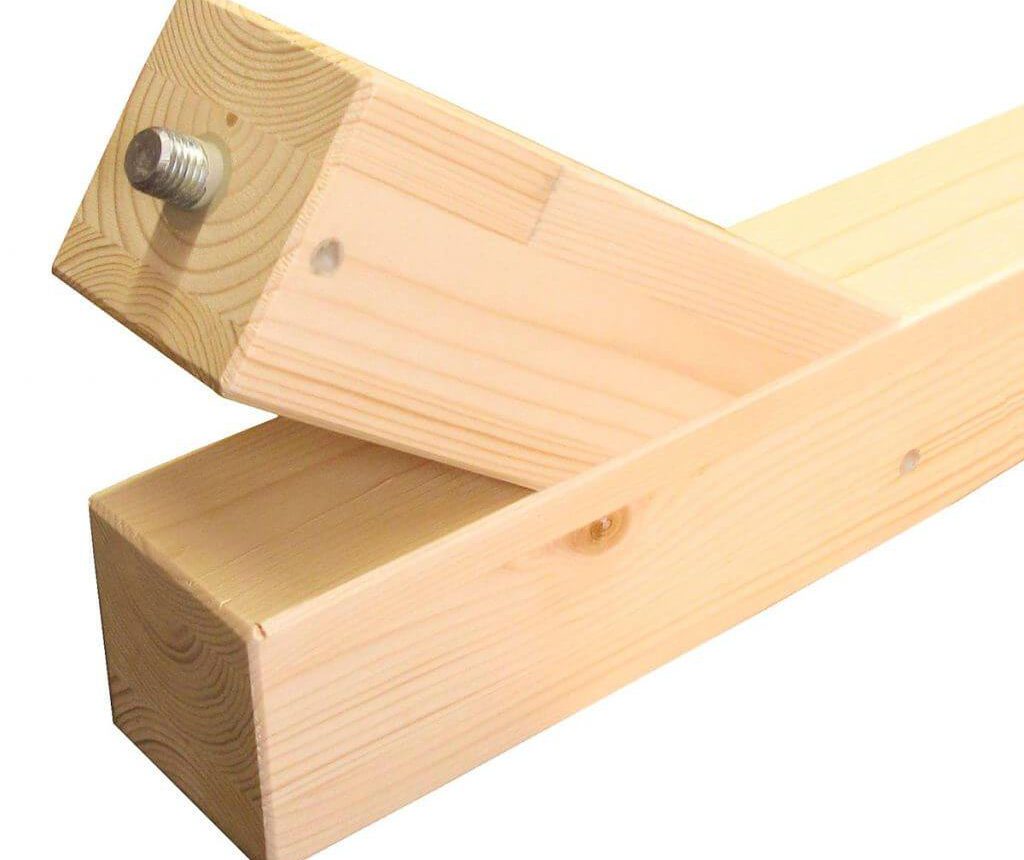“The aim of the TimBoost project is to develop fully validated software to design connections with glued-in rods (GIR) in timber structures."
The design rules used in this software will be based on theoretical, experimental and numerical research, as well as an extensive literature study. Using the software, the resistance of a GIR connection can be determined for the different possible failure modes. It will be easy to quickly check how the connection resistance is modified by changing the connection geometry, member properties, rod geometry and arrangement, as well as the adhesive properties.
The TimBoost project is supported by Eurostars, which is powered by EUREKA and the European Community. Nationally, it is supported by VLAIO and Vinnova.
Images © Simonin
Glued-in rods (GIR) joints provide many advantages in timber joints, including lower weight, greater strength and stiffness, improved aesthetics and good fire resistance. Despite providing practical solutions for both new and for strengthening existing timber structures, GIR joints are not used as much as they should in practice because of lack of standards, adequate information on the design and quality control of installation methods.

Purpose and goal
The aim of this project is to create and develop correct analysis and dimensioning models for wooden joints with glued bars. The developed models will be implemented in TimBoost software, which is applied for the development of wood products, developed by BuildSoft. The software will calculate the required anchorage length, length and thickness of the adhesive layer, and also the number of bars and its geometric location in the joint.

Expected results and effects
The main result will be correct design models for wooden joints with glued bars for varying geometries and material quality for wood, steel and adhesive materials based on a large number of finite element simulations and laboratory tests. Gradually, these will be implemented by BuildSoft in the TimBoost software. Timboost carries out structural and dimensioning analyses according to current European standards.
How it works
 1
1R & D
 2
2Analytical model
 3
3Testing
 4
4


